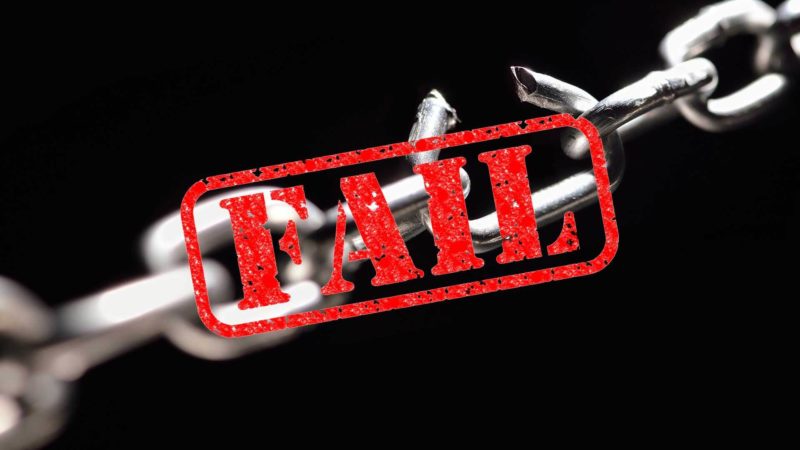
The best way to define an internal link is that it is a link from one page on a website to another page on the same website. If I could impart just one piece of wisdom to the current crop of SEOs, it would be this: Add internal links to related content where it makes sense.
I can imagine every reader just rolled their eyes or sighed because the last statement made too much sense, and, of course, you’re all already following best practices.
Think for a second, though — you may be frequently producing new pieces of content in which you add internal links, but are you remembering to go back to your older pieces of content and link to your new and related content?
One piece of content on a subject is good, ten pieces of content on the subject is great, and by the time you reach a hundred pieces of content on that subject, you’re likely viewed as the expert by most people and the search engines, as well.
The problem is that if you don’t add links between these pieces of content, none will be as strong or rank as well as they could. By adding internal links, you are directing the flow of your website authority to the best content, which in turn signals to search engines which pages you consider the most important.
Internal Links And Your Site Architecture
While a logical site architecture (and the reason everything should not be a blog post) is a topic for another day, it’s an important subject when considering your internal linking strategy.
Siloing content around topics is far better for internal linking than having your important pages on one part of a site and then writing about those topics in a blog on a completely different part of the site. It doesn’t make sense, but this is what most SEOs do.
Instead, try to plan your site architecture in a way that will group topics together and allow for a tighter group of related internal pages to link to each other.
Improving your relevancy and authority on a topic is what every SEO hopes for, so stop overlooking internal link opportunities. Links on your site are a lot easier to get than links from other sites, and they can be just as effective.
You are given the opportunity to identify and link to relevant content and pass value to that content, so take advantage of this opportunity and add internal links.
But Wait, There’s More!
What if I told you that you shouldn’t focus on internal links just on your website. In SEO, it’s the little things that matter, and everything adds up to the whole. Internal links on every other website can make your profiles on those sites and links back to your site stronger.
You’ve probably heard advice along the lines of, “You should be active and participate in different networks.” On top of building all-important connections, being active and involved in various communities helps to build internal links to your profile and content on those websites.
It depends on the network, but in general, people you follow, people following you, comments, lists, subscriptions, groups, shares and more (pretty much any activity) can create internal links back to your profile — thus strengthening it and potentially any links to your website or content. There is a reason being active on different social platforms and networks is effective, and it’s not just because of relationship building.
Internal linking on these networks can have a direct impact on your rankings. To use Google+ as an example, I would say the strength of your Google+ profile plays a role in the position of your local and organic rankings.
Your strength can be increased through internal links from people who have you in circles, people you have in circles, communities you have joined, posts you have made in these communities, posts you have made on your profile, reviews and more.
Nearly every network has these internal linking opportunities, and each helps to paint a bigger picture in the world of SEO. Every little bit matters, and adding these internal links on other websites will make the links back to your website stronger.
Summary Of Internal Linking
Internal linking on your site where it makes sense is important to establish relevance and topical authority. You can’t forget internal links on websites and social profiles that link back to you, either. These links come with being active on a website and help to establish your relevance and authority.
The post The Most Important Thing SEOs Overlook: Internal Links appeared first on Search Engine Land.
No comments:
Post a Comment